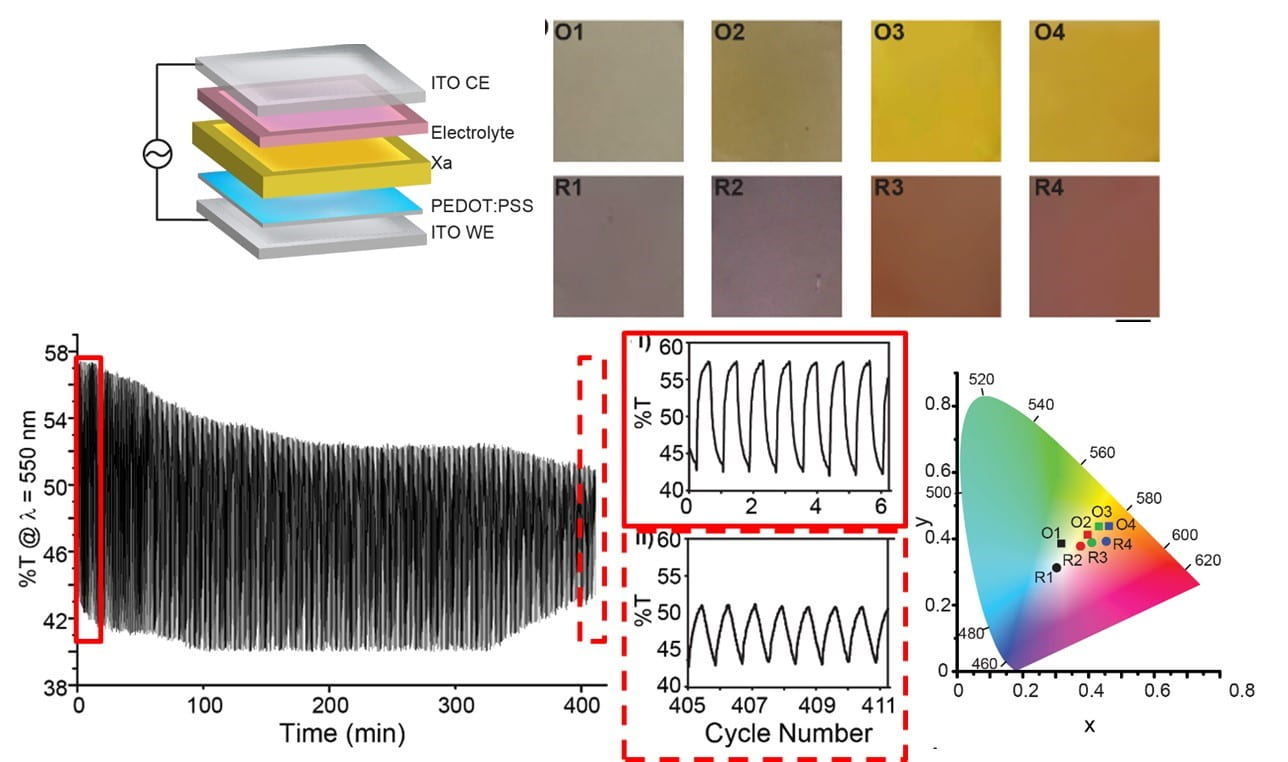BioInspired Photonic Systems
Building materials systems inspired by cephalopods
In recent efforts, we have transitioned away from the squid-harvested pigment granules and are developing synthetic strategies that recapitulate their nanostructure, pigment composition, and scattering function to minimize the overall costs for materials applications. One such unconventional application is the utility of Xa as an alternative filter in sunscreens. This is important and timely, as recent studies indicate systemic toxicities associated with many commercially available chemical UV-filters, necessitating new materials. As an alternative UV-filter, Xa exhibits concentration dependent SPF and is cytocompatible and with no impacts on the endocrine system. An added, unexpected feature is that Xa behaves as a free radical scavenger, making it among one of the first UV-filters that can not only protect against UV rays but can also be used in preventative skin care.


While our fundamental discoveries have catalyzed the development of a new class of cephalopod-inspired materials and technologies, we continue to iterate and innovate our existing pipeline. One example is in our work on building electrochromic “pixels” comprising the squid pigment, Xa, highlighting a new role for the chromophore in ultra-low power (<10 mW/cm2) displays that can sense and respond to different environments. Current and ongoing work is focused scaling these devices in multi-pixelated panels with integrated off-board electronics that couple color-sensing to display subsystems in order to activate spatially patterned coloration with response times comparable to that of the cephalopods (ca. seconds).